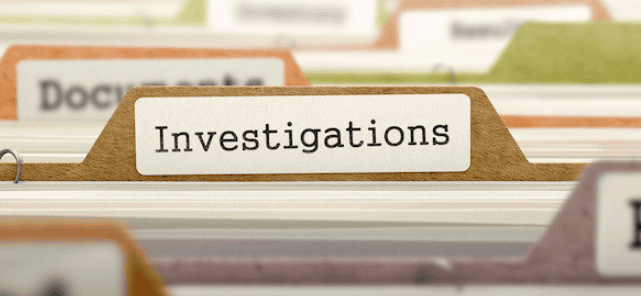Buying a house, even if it is not for the first time, can be a trying experience, but there are some things you can do to make it less so. One is to get sound professional advice, and another is to do your own research into the process and the documents you will come across. Here we will try to give a little guidance on how to approach the process.
Concierge conveyancing service
When it comes to advice there are plenty of options available. Naturally, you will want someone with local knowledge, but the Law Society has a Conveyancing Quality Scheme for firms doing residential conveyancing and most firms will advertise their membership as this adds to their credibility.
Alternatively, there are some companies which provide a complete concierge conveyancing service which covers all aspects of the process from surveys to mortgages and conveyancing. You can research these services online where you will find plenty of informative websites, such as https://www.samconveyancing.co.uk/.
Documents you are likely to encounter
It is always good to be prepared when it comes to legal documents and to have some knowledge of what part they play in the conveyancing process. Here is a quick look at a few of them.
1. Contract of Sale
This is a key instrument signed by both parties. It includes the terms and conditions of the sale, including the deposit paid, purchase price and any special agreement between the parties, such as contents.
2. Section 32
This is also known as the vendor’s statement and is a vital part of any contract of sale. It must be provided by the seller and contains information which may not be apparent on inspection, such as planning permissions, easements and covenants which may impact on your decision to buy.
3. Mortgage Document
If you are taking out a mortgage, you will need to sign a document explaining the security and terms of the loan.
4. Transfer of Land
This records the change of ownership of the land and must be signed by both parties.
5. Discharge of Mortgage
Many vendors will have an outstanding mortgage on the property. They must provide a document confirming that the outstanding amount has been paid off before the property can be transferred.
-
Settlement Statement
This is the document which sets out the financial details of the transfer of ownership, including the agreed purchase price, any adjustments which have been made, rates or taxes, and the balance which is due on completion of the transaction. The vendor’s legal advisor will prepare this.
Always remember that it is OK to simply ask your advisor to explain if you are not sure of any point.






